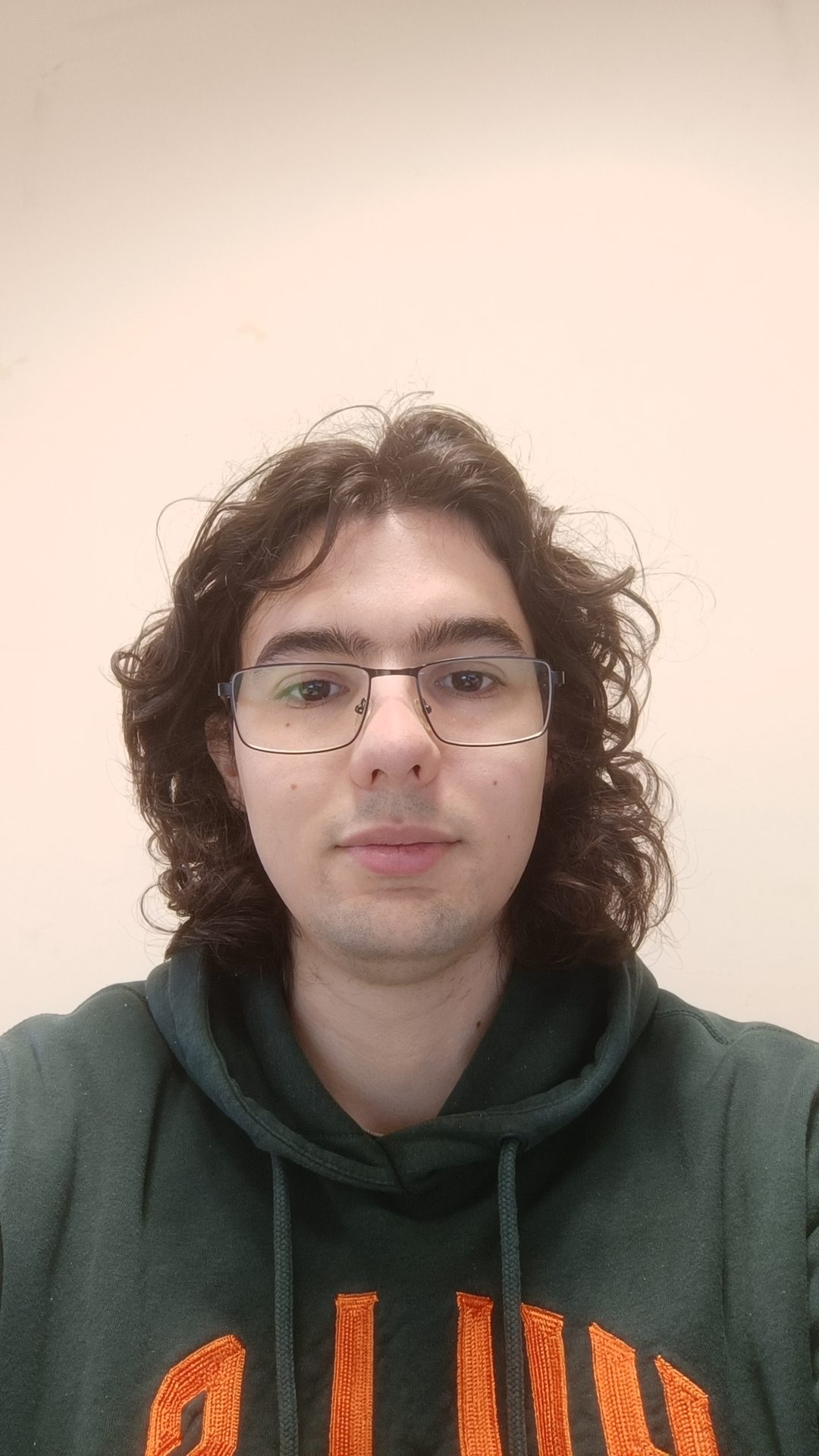
PhD Student
Tél. : +33 1 69 08 47 84
E-mail :
PhD Topic : Vertically aligned carbon nanotubes based materials as a novel microporous layer structure for gas diffusion layer in PEMFC
This thesis work focuses on the development of a new microporous structure for PEMFC gas diffusion layers. The development of new materials for PEM fuel cells is a necessity to improve the power density provided by actual cell, to reduce the cost of materials and the price of the system. PEMFCs have problems with the distribution of liquid water inside the cell, particularly in its porous layers.
The microporous layer is one of the porous layers whose role is to optimize the water distribution. Developing a new micro-porous structure can provide additional information on the parameters influencing water management in the cell and provide a path to improving the fuel cell performance. As part of the PEPR (Priority Research Program and Equipment) H2 PEMFC95 project, the CEA Departments of IRAMIS (Saclay) and Hydrogen for Transport (LITEN-DEHT Grenoble) will collaborate on the development of Optimized and innovative GDLs based on carbon nanotubes, more suitable for the defined operating conditions. Aligned CNT mats have indeed demonstrated their effectiveness as a microporous layer [1]. The performance is at least similar to the best state-of-the-art gas diffusion layer depending on the conditions, and up to 30% improvement in power density could be achieved, without any hydrophobic treatment. For this thesis subject, we propose to continue the development of these diffusion layers integrating CNTs for their interest in terms of stability with respect to oxidation and their hydrophobicity by producing microporous layers with variable porosity. The objective is to substitute them for GDL while improving understanding of its role and, in general, of transport phenomena in a PEMFC core. To do this, the work has two parts. A materials section with manufacturing aspects and characterization of functional properties and an electrochemistry section with fuel cell measurements.
The NTC-based material will carried out at CEA IRAMIS, several shaping routes will be explored for the production of microporous layers with variable porosities by producing carbon nanotube papers by liquid or dry process or by transfer of VACNT mats on carbon fiber fabrics. For this, the approach will consist in adapting the parameters and nature of the growth support of the CNTs [2-3] so as to modify the morphology, the organization and the structure of the layer formed (diameter, length and density of the CNTs) in order to to access layers of variable porosity (like the porosity gradients of the microporous). The work will require, for the production of nanotube papers in particular by liquid route, to work on the dispersion step of the VACNT mats but also for the transfer route on the definition of the parameters (T, P) necessary for the conservation of the alignment of the mats on the target support. The physico-chemical and structural analysis of the nanomaterials under study will be possible thanks to the characterization equipment accessible within the laboratory, namely electron microscopy (SEM, TEM), ATG, Raman spectrometry or XPS.
Particular attention will then be paid to the analysis of the nanostructure (porosity, pore sizes) and the hydrophobicity and electrical transport properties of these microporous layers. The layers will be integrated into a DEHT electrode membrane assembly to be evaluated operandi via electrochemical characterizations. Specific measurements in small surface area (~cm²) or in differential cells will be carried out in order to quantify the electrical resistance and the transport losses of the reagents as a function of the relative humidity by impedance spectroscopy or limit current density measurements. The most
interesting materials can be tested in larger surface cells to validate the proof of concept and assess the performance and durability of real operating conditions.
[1] Fontana et al., ‘Direct growth of carbon nanotubes forests on carbon fibers to replace microporous layers in proton exchange membrane fuel cells’. Carbon 172, 762–771 (2021).
[2] Nassoy et al., ‘Single-Step Synthesis of Vertically Aligned Carbon Nanotube Forest on Aluminium Foils’, Nanomaterials 2019, 9, 1590; [3]Charon et al., ‘One-step synthesis of highly pure and well-crystallized vertically aligned carbon nanotubes’, Carbon 173 (2021) 758-768




